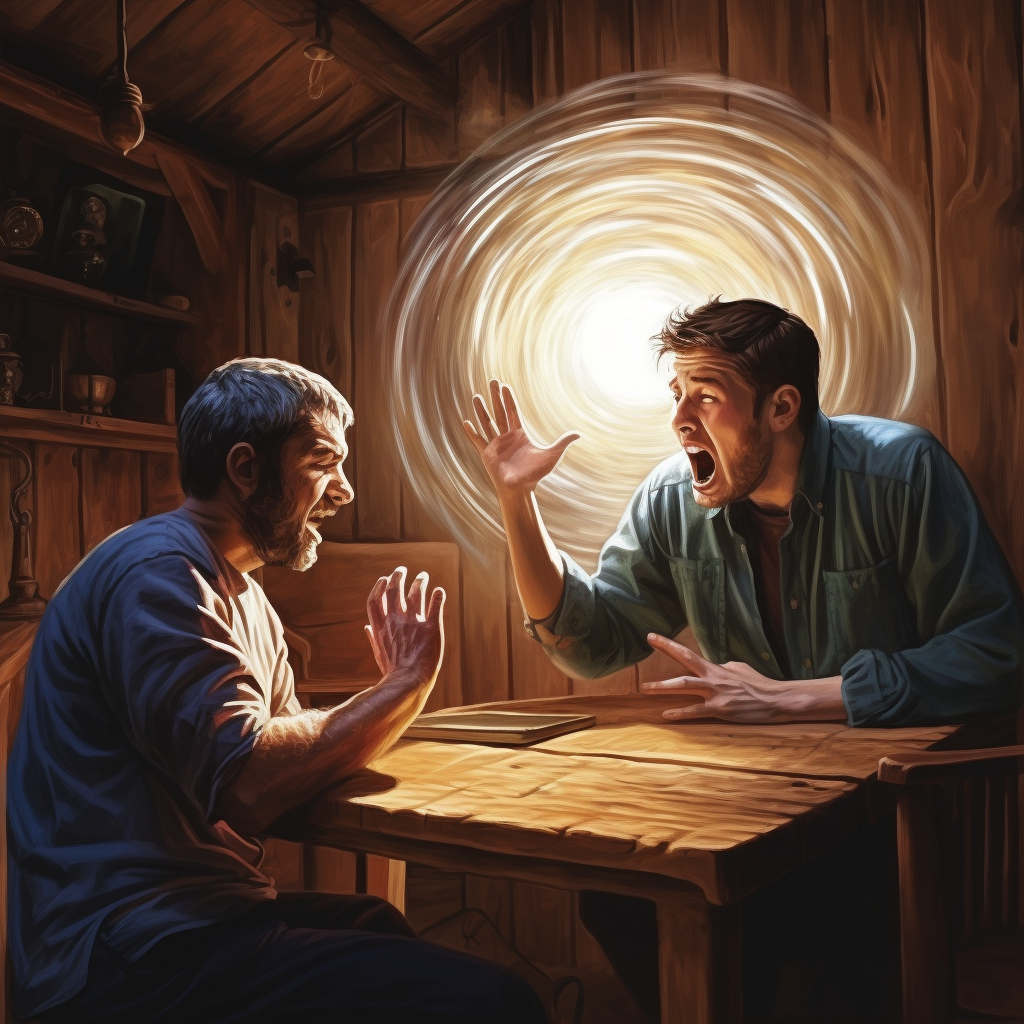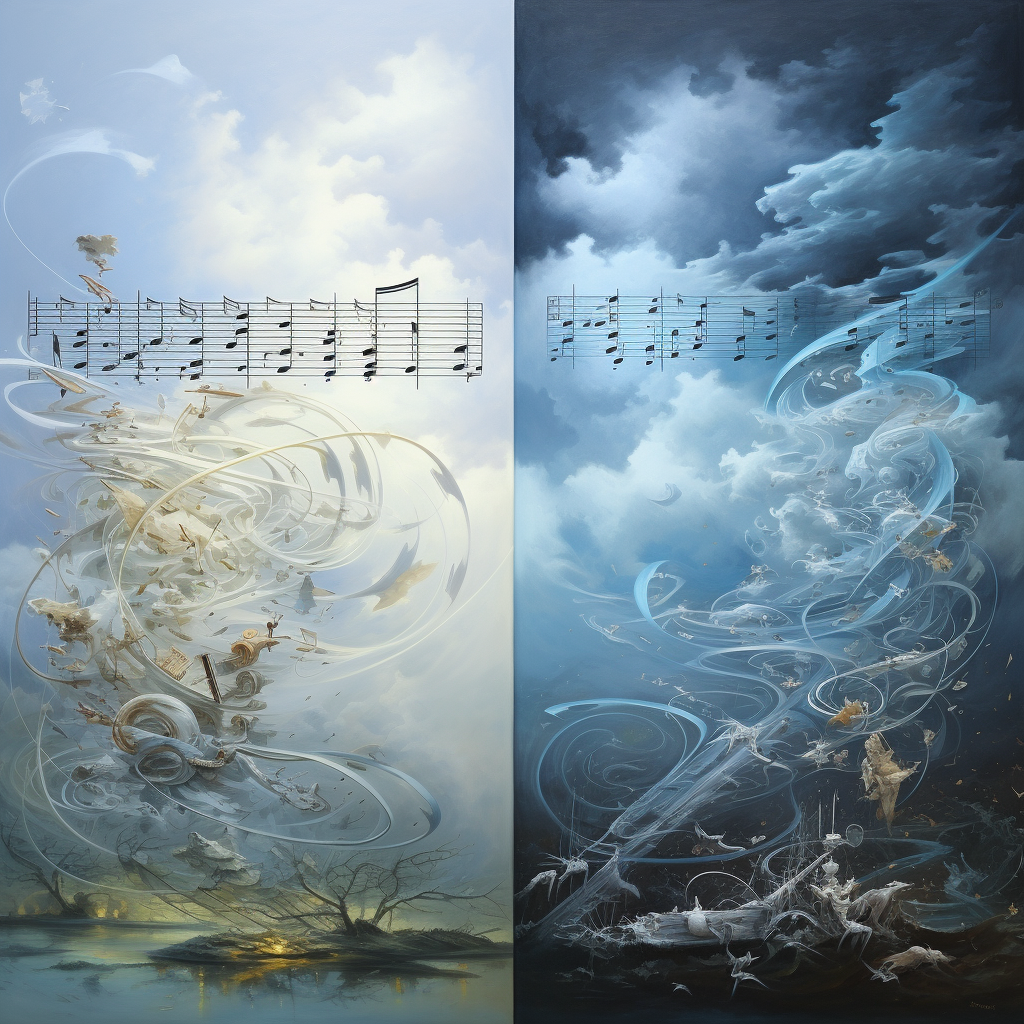Once we know something, it’s difficult for us to imagine what it’s like not to know it.
Intro
Have you ever tapped out the rhythm of a song, assuming those around you could recognize its familiar tune? Stanford’s classic “Tappers and Listeners” experiment, designed by Elizabeth Newton, delves into the intricate dance between communication and understanding, highlighting how our knowledge can sometimes cloud our ability to convey a simple message.
Experiment
In this 1990 study by Elizabeth Newton, participants were divided into two roles:
- Tappers: They chose well-known songs and tapped out their rhythms on a table.
- Listeners: Their task was to guess the song based solely on the tapping rhythm.
Before the guessing began, tappers made a prediction on how often they believed listeners would correctly identify their song.
Results (Prediction – 50%, Actual – 2.5%)
Tappers, with the song’s melody clearly playing in their minds, anticipated a 50% recognition rate. However, the actual results were startlingly different. Listeners could correctly guess the tapped song only 2.5% of the time!
Interpretation
This vast gap between expectation and reality introduces us to the “curse of knowledge.” When we’re deeply familiar with something—like a song’s melody—it’s difficult to detach from that knowledge and understand how it might sound to fresh ears. The tappers, being well-acquainted with their chosen song, couldn’t comprehend the isolated, context-free taps the listeners heard.
Issues and Contrarian Views
- Relevance: The experiment’s focus—tapping songs—may not be widely applicable to all communication scenarios.
- Rhythm vs. Melody: Results might reflect the challenge of conveying songs by rhythm alone, not necessarily the curse of knowledge.
- Other Factors: Listeners’ unfamiliarity with songs or inability to interpret rhythms might influence results.
- Feedback Lacking: Real-world communication often involves feedback and adjustments, unlike the one-way setup of this experiment.
- Overemphasis: Highlighting the “curse of knowledge” might lead to overly simplified communication.
- Replicability: The experiment’s results need consistent replication in various settings to affirm its broader relevance.
References
https://en.wikipedia.org/wiki/Curse_of_knowledge
https://hbr.org/2006/12/the-curse-of-knowledge
Midjourney prompts with inputs from ChatGPT
A vivid illustration of a person energetically tapping out the rhythm of a familiar song on a wooden table, with a perplexed listener straining their ear towards the tapper, trying to discern the melody.
A contrasting landscape: on one side (left), a clear blue sky with bright, well-defined musical notes floating harmoniously; on the other side (right), a stormy gray atmosphere with tangled, faint musical notes swirling chaotically.

